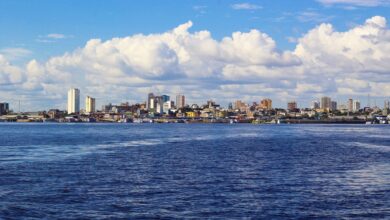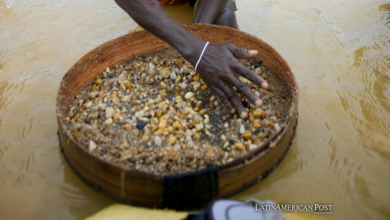COP 15 has Ended: What Agreements were Reached to Protect Biodiversity?
From December 7 to 19, the UN Conference on Biodiversity was held in Canada. The Objective of this Meeting was to Analyze the Achievements, Failures, and Challenges of Previous Agreements and Propose a new Global Framework for Biological Diversity after 2020

Photo: Pixabay
LatinAmerican Post | Daniel Alejandro Vergara
Listen to this article
Leer en español: Finalizó la COP 15: ¿A qué acuerdos se llegaron para proteger a la biodiversidad?
During these last weeks, world leaders, public and private entities, the scientific community and personalities from international activism, discussed the new needs of the world in terms of diversity, taking into account the climatic situation in which the world is immersed right now. This new framework proposes a series of initiatives so that in 2050 humanity can allow diverse life on earth.
One of the most important points in this conference was the analysis of the protocols of the Convention on Biological Diversity (CBD). This Convention is dedicated to promoting sustainable development on the planet, recognizing that biological diversity goes beyond fauna, flora, and their ecosystems, it states that biodiversity is an issue that is related to people, raw materials, food, and wellness.
On the morning of December 19, Chinese environment minister Huang Runqiu announced that the COP 15 deal had been approved. According to the CBD: "The text establishes to protect 30 percent of the planet by 2030, as well as to provide 30,000 million dollars in annual aid for the conservation efforts of the so-called developing countries." This, along with other decisions, has been well received by the international press, the scientific community and the 190 countries that signed the text at the Conference on Biodiversity.
This agreement has been named historic for several reasons: the first has to do with the renewal of the 2020 Global Framework, that is, that this year new objectives were set focused on the current needs of the world in terms of diversity. The second has to do with the current crisis that the planet is experiencing. According to data from the United Nations Regional Center, about 1 million species of plants and animals are currently in danger of extinction in the world, which is why it is necessary for the international community to take immediate action. Another reason is that, according to a CBD report published in 2020, of the 20 goals that the signatory countries agreed to in the Framework for Biological Diversity signed in Nagoya, Japan (2010), none was fully met.
According to the new Framework for Biological Diversity, the new objectives proposed in Montreal are related to the creation of new protected areas in about 30% of the planet's waters and lands. The search for international aid of at least 30,000 million dollars by 2030 was also raised. Another of the objectives set was support for indigenous communities around the world, which are the ones that protect 80% of the planet's biodiverse ecosystems.
Also read: Gorgona and Other Natural Spaces Threatened by Military Bases
Something that has been of great interest is the goal of guaranteeing that agriculture, aquaculture, forestry, and fishing practices begin to be managed sustainably in the various territories with the aim of restoring ecosystems degraded by bad practices. Everything indicates that this new agreement will be much better received internationally because better oversight, control, and monitoring mechanisms will be implemented in each of the signatory countries to monitor compliance with the 4 general goals for 2050 and the 23 objectives for 2030.
However, as usually happens with this type of event organized by the United Nations, various environmental organizations have not been satisfied with the ambition of the agreements. This is the case of Ecologistas en Acción, who pointed out that: "more important than the percentage of the area to be protected was that the protected areas have adequate management plans and that they are really applied, something that has not been sufficiently included in the agreement. If Protecting 30% of natural spaces allows us to destroy 70%, it is evident that it is not a good agreement".




